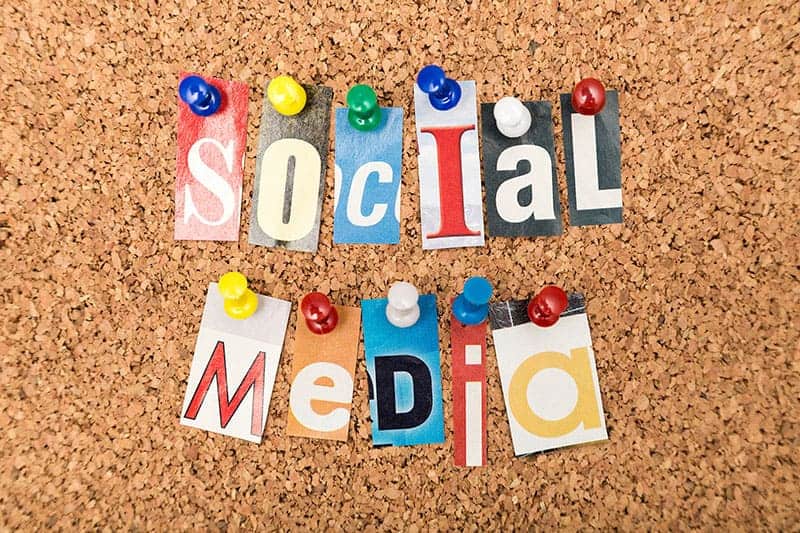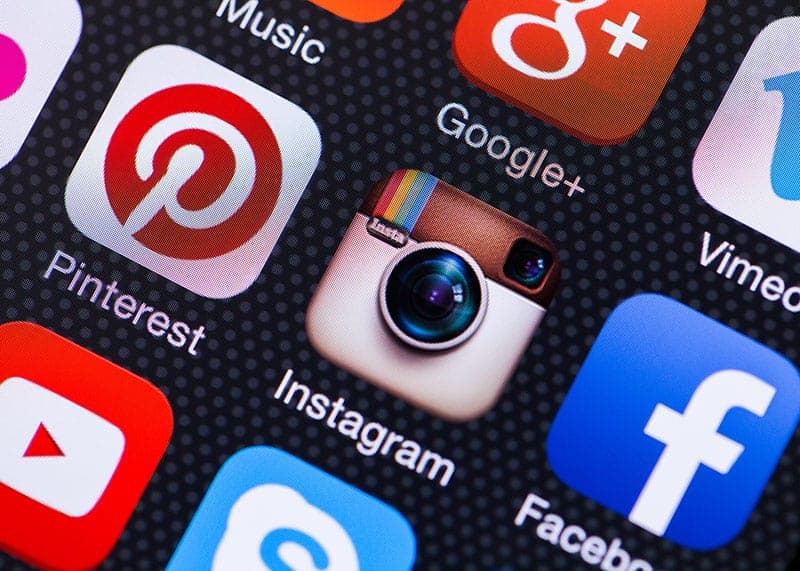Whatever the size of your business, you have to be prepared to counteract negativity and criticism that come your way.
You can’t afford to ignore negative comments about your products or services, nor can you respond in an equally negative manner, as this might destroy your name and your reputation.
There are lots of high profile social media campaigns targeting crisis situations. They are meant to prevent the damage of a company’s reputation, and they are usually developed by experts in digital communication and social media. One of the best examples is the notorious SeaWorld #AskSeaWorld Twitter campaign, which has been hijacked by internet trolls and animal rights activists. The campaign that was supposed to have people send in their questions about whale care has ended up as a total disaster.
Most probably, your business isn’t as big as SeaWorld, but nonetheless, negative news and opinions can damage its reputation.
How do you prepare yourself to counteract negativity and rescue your business from a social media disaster?
Listen To Your Fans And Followers
It’s difficult to find out when someone is talking about your company, unless they tag you into their negative social media posts.
This is where social media monitoring and listening is of utmost importance. This should be the foundation of any solid social disaster plan.
You can do this listening manually or via a social media management platform.
If you prefer the manual way, you should always check the name of your company, your most important products, the most relevant keywords in your industry, as well as the names of your main competitors.
When you use a social media management platform, the listening process is much easier. Hootsuite and other similar apps allow you to set up streams for your specific hashtags and keywords, as well as for the ones of your competitors, in the same dashboard.
The size of your company and the waves and ripples it creates in social media are important. If your company is small, you may be better off with manual listening, because you’ll only get a small number of mentions. On the contrary, a large company with hundreds or thousands of clients should consider investing in a reliable social media management software.
Pick The Right Time To Engage
Many businesses manage to get deeper in mud by engaging at the wrong time and in the wrong conversations.
You need to be extremely careful when choosing your battles. Assess all mentions and conversations before deciding either to engage or to observe them closely. If a crisis situation seems particularly negative, you may want to take action, in order to minimize or counteract its effects.
For instance, if you run a legal company and you’ve been mentioned in a negative comment in regard to your practice, you should always reply in a thoughtful manner for restoring your good standing. A direct reply is the best way to sort out such situations, so try to keep your conversation away from your social media channels.
If you only find mentions on “how awful legal practices in your area are”, there’s no point in taking action on this. You should simply observe without engaging. Entering such conversations may attract a lot of negativity, thus impacting your business in a negative manner.
Similarly, when you observe that criticism is actually a mistake on the part of its author, you should perhaps try to engage directly through your social media channels. you should always keep an eye on your fans and followers, in order to prevent them from leaving your tribe.
How To Deal With A Full Blown Crisis
Let’s suppose you are in the middle of a social media crisis, with lots of angry mentions being posted to all your channels.
Fist of all, you should be aware that speed of reaction is crucial. The sooner you take action, the easier it’s going to be to counteract negativity and restore your good standing across all your social medica channels.
Being ignored is one of the things consumers hate the most. If you can, try to address each particular mention separately. However, in case of very large numbers, this approach may not be possible without hiring an army of people to deal with the situation. If this is your case, you should rather post out a general message addressing the problem that generated the crisis.
If you choose to ignore negative mentions, the reputation of your business is probably going to be affected, leading to even bigger problems.
Arguing back isn’t any wiser, as it is also one of the factors that may severely damage the reputation of a small company.
When you are in a full blown crisis, the best approach is to keep your conversations short and try to redirect people to write you an email or to contact you via a phone number. Negative replies on social media may attract a huge disaster, so try to avoid them.
Moreover, make sure all relevant people in your business are fully aware of the crisis situation you have to deal with. If they are clueless about this problem, they may do or say the wrong things, aggravating the crisis even further.
What To Do After The Crisis
You’ve managed to minimize the damage and to overcome the difficult situation.
The next step should be a thorough assessment of the full damage to your brand, followed by an action plan meant to prevent such things from happening again. You may want to train your employees on crisis management or to conduct test exercises to determine potential details that may evolve into a full blown crisis. Social isn’t your usual source for disaster. However, this is where unhappy customers engage with their peers, putting your good standing in danger. This is where you have to be ready to deal with negative messages and to address all problems in their early stages.









